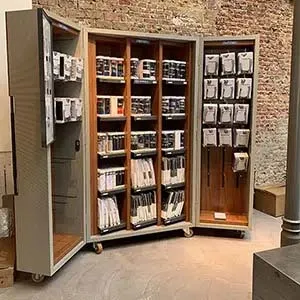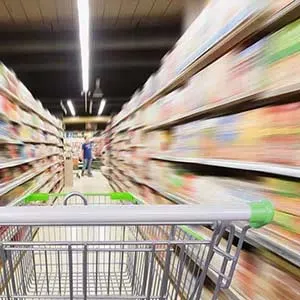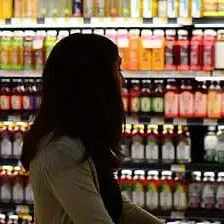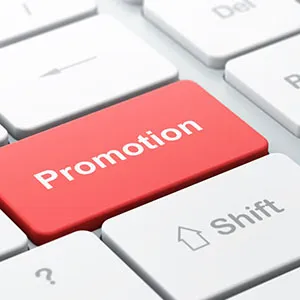POS marketing material or POSM:
The marketing tool that convinces and converts!
Who uses it? How? why? And when?
POS (Point of Sale) refers to the spaces where consumer goods meet demand. It’s where marketing materials, known collectively as POSM (Point of Sale Materials), are used to communicate with shoppers and drive sales. These tools play a key role in influencing purchase decisions and brand choices, which often happen in-store.
Other commonly used terms for POS include POP (Point of Purchase), POC (Point of Consumer), POCM (Point of Consumer Marketing), in-store, retail or shopper marketing.
5 minutes
#marketing #POP #POSM #display
April 2023 — bh
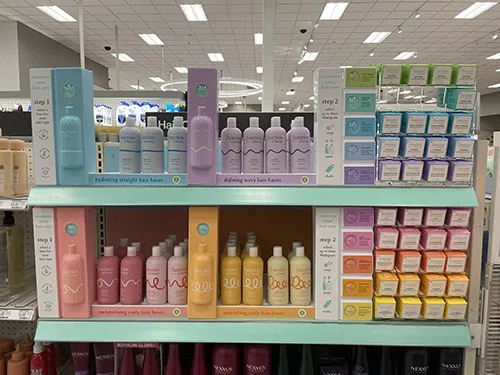
Strategically placed on shopper journeys in supermarkets and specialist retailers, they create visual delight and a memorable experience that resonate with visitors, whether it's through
- shape and design,
- color,
- language, graphic design and visual content,
- use of materials,
- product display (or merchandising).
Since it’s the place where consumers make final decisions, the point of purchase is ultimately the place and moment to stimulate them. This explains the potential of POP material, especially in stores where the proportion of impulse purchases is high. This investment is also justified because POP material is perceived as useful by all participants in the buying process: the brands, retail and the shopper.
"In a 2012 study by Point-of-Purchase Advertising International, it was reported that 76% of all purchase decisions are made in the store (POPAI, 2012) " — A meta-analysis of consumer impulse buying.
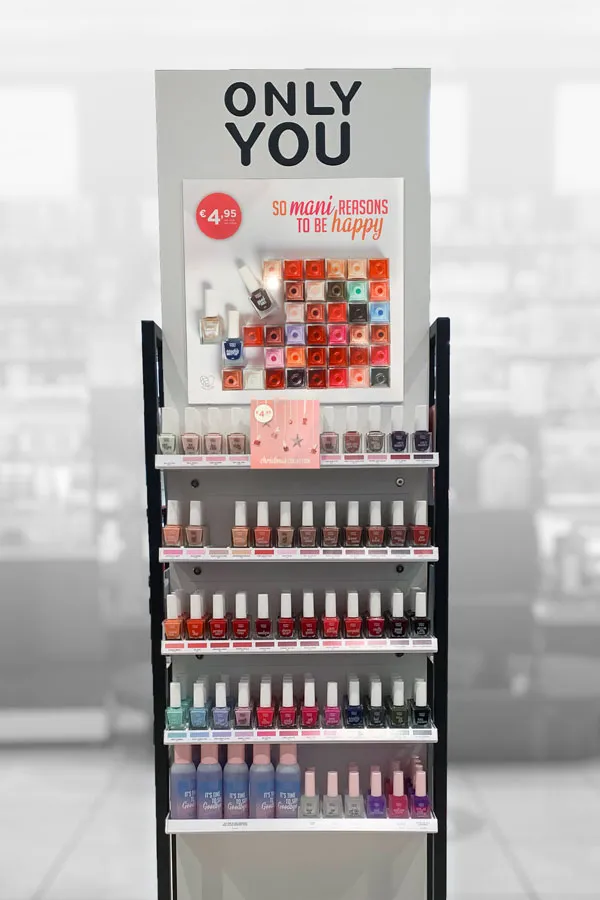
While any brand can benefit from the advantages of POP material, it is important to drive the initiatives according to the shop format and its location in the shop. Besides a number of indirect benefits, the return on investment of POP material depends on the extent to which it keeps shoppers alert, it succeeds in activating impulsive or latent needs, and incremental sales in response to increased visibility.
Pilotes specializes in the design of commercial furniture, display and merchandising solutions. We offer 100% customized point-of-purchase materials tailored to the in-store projects of brand and retail. Because we care about the climate and environment, we analyze the lifecycle of each project to avoid, reduce, and offset its impact 🌍🌿
Do you have a project planned? Contact us and let’s bring your vision to life together!
By whom is POP marketing material used ? And how ?
It is used by merchandising, sales, trade marketing or category professionals aiming to stimulate sales to the shopping public through physical retail locations. They are aware of the meaning POP material can play on the shop floor to convey sales marketing and communication initiatives, e.g. for product launches, innovations, promotions, activations, ....
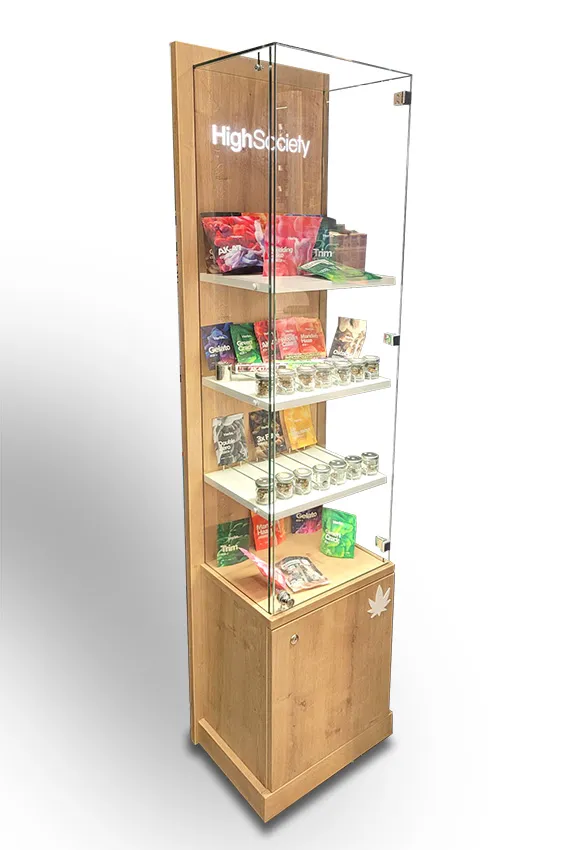
In most cases a consumer has been made aware of an advertising message broadcasted on other media (TV, radio, web, social media, magazines, mailings, catalogues, etc.). Once in store, the POP material takes over: the presence of the material refreshes relevant memory structures and tempts him or her towards the product, consciously or not. That's in a nutshell the role of POP in the marketing mix.
"Everything that has a form and presents itself to us seems to have a message, as if it's trying to communicate with us." - Walter Weyns, Of People and Things.
Brand manufacturers invest a significant amount of time and effort into creating the most suitable POP material. The key to effective material lies in making it 100% tailored, as there are many good solutions available. The only limitation may be the creativity of your POS partner, who designs and makes them in five steps.
Why is POP marketing material used ?
1. Extra-visibility
A hypermarket sells up to 100,000 references. A supermarket or specialty shop offerings can be as high as 50,000 items. And as the number of products available increases faster than shop size, the visibility of goods on the shelves is relatively low. Making your product stand out in a sea of similar products is difficult. It’s even harder to get shoppers to remember your pitch, after they’ve walked away. With hasty visitors spending less and less time on their purchases, it is crucial for brands to make a direct impression quickly.
“The medium is the message; the medium itself, not the messages it carries, should be the primary focus." — Marshall McLuhan, Understanding media
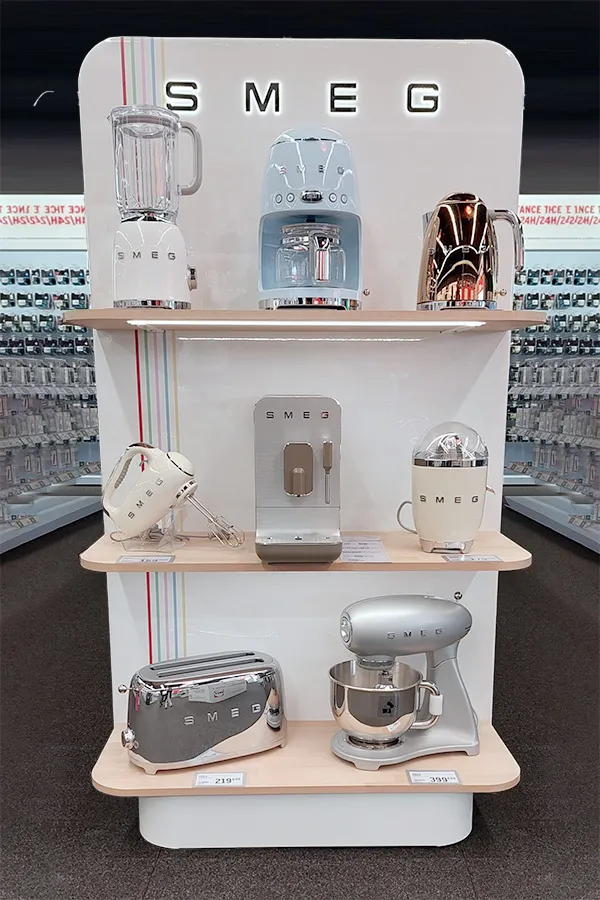
When a shopper does not see a product, he does not buy it, by definition. POP material increases the visibility of products, the likelihood to be noticed. This is particularly important as more than three-quarters of purchase decisions are made in-store, often based on emotions. It is then a question of establishing an emotional link between the product and shoppers.
2. Communication
POP material offers the opportunity to communicate directly with shoppers. What makes a product special? How can consumers make the most of it? Manufacturers send out a silent salesperson, as it were, who can serve every shopper at the same time.
Beyond features it can communicate the values of the brand, its niche and which target customer it wants to appeal to, all translated into a clear, coherent, quick, and above all, a recognizable message, adapted to the context of physical shopping. A POP material makes it possible to concentrate marketing investments on the right people, those who consume the product.
3. Add value through merchandising or service
Commercial furniture, such as display solutions, can add merchandising, service, and value, thus providing customers with a pleasant shopping experience. For example, optimizing space, increasing the readability of an offer, and making shop shelves more attractive. All kinds of merchandising accessories can ensure effective communication of the shop shelf.
4. Brand expression
When it comes to branding in retail stores, or building a brand, it is important to strike a delicate balance. On the one hand, shop visitors are primarily focused on solving a purchasing problem, and finding the right product. On the other hand, subtle branding can help build a connection and establish a distinctive image that sticks. Simply telling people how great a brand is may not be effective - instead, POP material is designed to represent a brand's personality and evoke specific feelings or emotions.
That is also why marketers define a richer brand identity that goes beyond a logo, for example with materials, textures, and contrasts, color palettes, graphics and design, or presentation, a handy toolbox for the POP manufacturers.
5. Stimulate sales
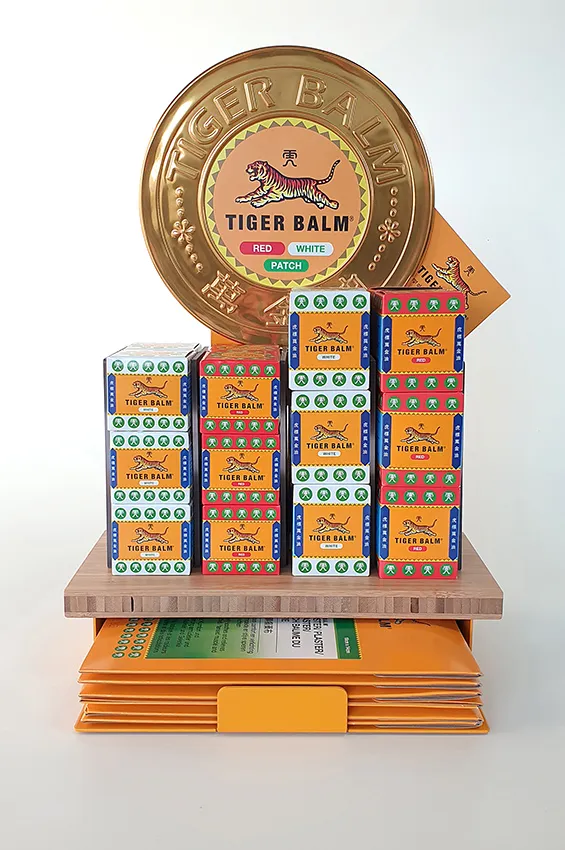
Stimulate consumer behavior while shopping to promote sales is ultimately the most important meaning of any POP material. It puts the spotlight on a product, informs customers about benefits, evokes reminder content, and stimulates impulse or latent buying, especially in situations where a wrong choice has less consequences. The ideal mix for a spike in sales!
And although the material is usually the last step in a customer journey, it is certainly not the final one. After an activation, brand awareness and accrued loyalty continues to deliver results in the longer term.
Every brand can benefit from POP material. However, it is important to conduct the initiatives according to the financial capacity of the offer, margin, and profitability.
When is POP marketing material used ?
Promotional POP material, such as cardboard displays, stickers, posters, banners, hangers or leaflets, is intended to present the offer over a short period of time or seasonally.
Permanent or durable POP material, such as floor-standing or countertop display units, on-shelf materials, custom-made shelving, on which products are displayed, add function, service and value, possibly providing clients with a memorable experience, e.g. by optimizing the allocated space, increasing the readability of a range with a custom layout and organization, making the shelves more attractive, enhancing visual merchandising, re-enchanting the physical space in order to make the journey pleasant or save time.
Have the advantages of POP material aroused your interest? Reach out today, we will gladly discuss the possibilities for your in-store project.
